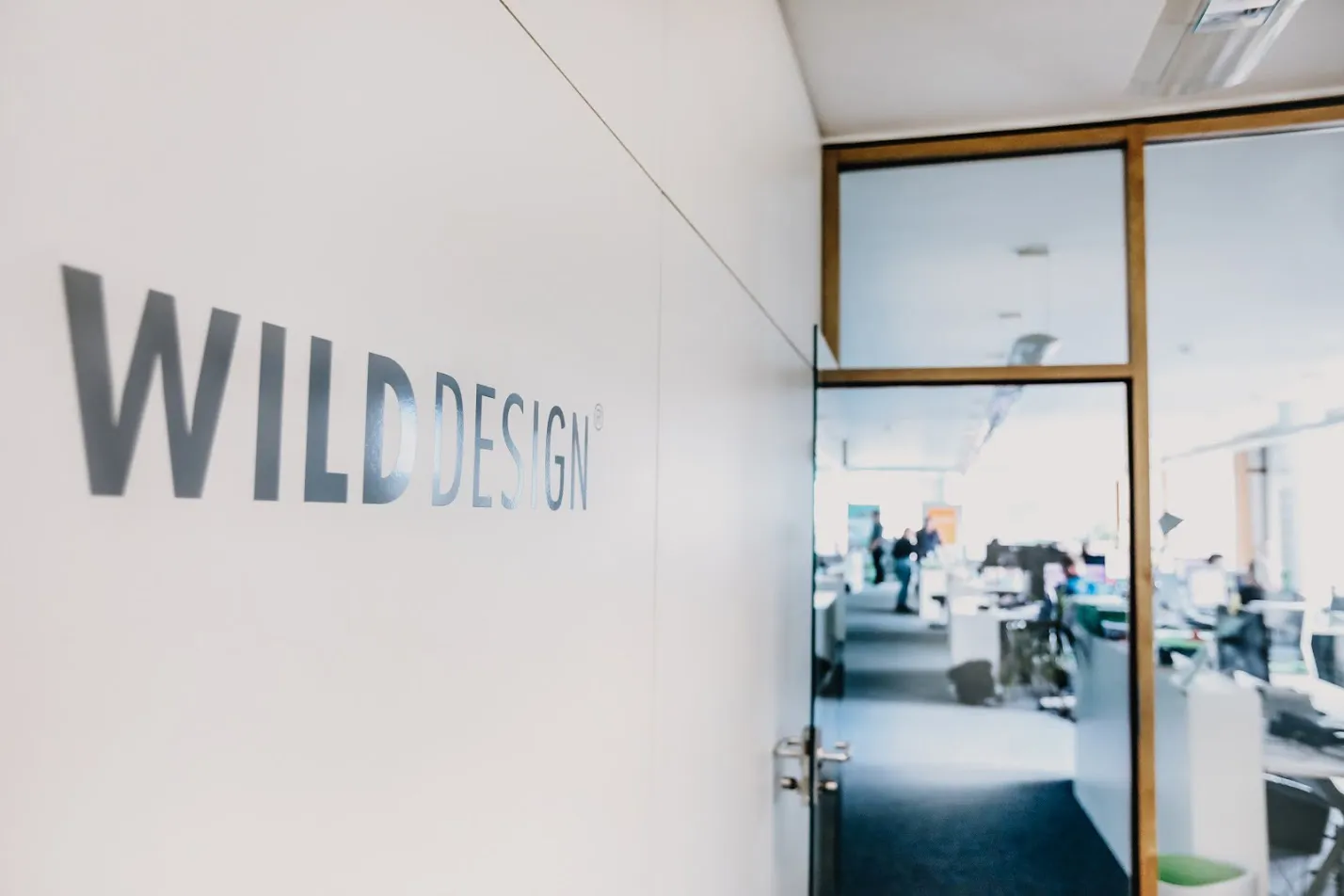Keynote
7 design risks you should know as a developer
Every day, thousands of products are developed, redesigned or completely redesigned worldwide. Most of the time you only hear about the success stories, the Dysons, Apples or innovative LED-equipped bathtub fittings in the premium segment.
Even organizations that stand for design quality worldwide and act as a kind of design TÜV, such as the red dot design award or IF Award, regularly only look at the positive results. In doing so, they reinforce the impression that you can only win with design and suppress the associated risks.
It would be nice. But design, like all other creation processes in the industry, can also miss the mark or even backfire completely from time to time. Not every new product takes its market by storm and many don't even break even.
Here at WILDDESIGN, we have been designing products for more than a quarter of a century and are therefore more realistic. Admittedly, we have also experienced both ourselves, both poor design results and unhappy clients. The latter have then spent a lot of time and effort developing a product that neither they nor their customers love. As a result, this is always a waste of time, nerves and money. Over the years, however, we at WILDDESIGN have learned to manage the risks and can now effectively help our clients to hit the mark.
But how do we achieve this? Essentially, by actively trying to identify and avoid the risks. Below, we've compiled a list of potential risks and what we do as design consultants to prevent them from happening. These are strategies that we believe every design firm should employ. And if you want to delve deeper into the topic of risks, I recommend you read the article on our WILDQARDS No. 5 project risks card set.

Possible risks and how we can avoid them.
If you ask clients, they regularly see the main risks in the factors of time and money - e.g. a design project takes too long or the budget is exceeded. These are indeed real risks, but there are other, less obvious ones that can turn into real time bombs if ignored.
Most mistakes between designer and client are made in the initial phase - and this is also the time when they can be most easily resolved.
Design risk no. 1
The briefing: responsibility of the client?
If the client is unable to define precise starting conditions or set goals, the successful implementation of a design project is extremely at risk. The result is that the direction is changed after every interim presentation, so that in the end nobody knows what to do. At WILDDESIGN, we support our clients with the 24 design factors method, a comprehensive checklist developed for the briefing. It is important that the client recognizes the limitations in the design and formulates realistic objectives. If such a risk is identified, the best way for a design professional to react is to carry out early reality checks using samples and prototypes. This makes it clear to everyone involved where the problems lie.
James Dyson, for example, certainly knows a thing or two about prototyping. He built the incredible number of 5,126 prototypes over 15 years of development before he was finally able to complete his multi-award-winning vacuum cleaner.
Design risk no. 2
The new product is worse than the original
This possibility is often not considered at all, as it is simply assumed that the new will also be the better. It is often overlooked that the consumer has grown fond of certain features and functions of a product, such as size, shape or color, even if they are not even recognized as key factors by the developers. We therefore always ask what the customer is giving up when they buy the new product. A very interesting perspective. Again, early testing with consumers helps to avoid these pitfalls.
Coca-Cola management didn't bother to involve their consumers when they decided to change the taste of their famous fizzy drink in 1985. When the new product was launched, there was such a spontaneous backlash that Coca-Cola was forced to do a 180° turn and relaunched the original flavor as 'Classic Coca-Cola' within days. It still wasn't fast enough to stop the slump in profits and ended up being one of the biggest marketing flops of the 20th century.
Design risk no. 3
The external design service provider is allowed to work in peace
What actually sounds like a good strategy becomes a problem if the development path is not sufficiently or unsystematically secured. The "long leash" for the designer is often counterproductive, because only restrictions and challenges inspire creative work. Added to this is the lack of understanding and information when development takes place in the proverbial "ivory tower", as is so often the case. Only when there is an open, continuous flow of information in both directions, when all relevant company representatives are present at the planning meetings, can it be ensured that all facts and concerns are put on the table immediately and that problems can be recognized and solved directly.
Design risk no. 4
The "not invented here" syndrome
Or: There is too little support from within the company for the new design. Externally created design services require careful "buy-in" from the company employees involved. They must identify with the new product and make it their own. The best way to avoid the "not invented here" syndrome is to involve all employees right from the start or to include them as far as possible.
Design risk no. 5
The personal taste of the client
This risk is usually easy to recognize but less easy to solve. The client must understand that this is not about them, but about their customers. It is about the end customer or end user, who must be explored in a suitable form and included in the development. Various methods of user observation are used, such as participative design, the lead-user method or crowdsourcing. At WILDDESIGN, we also always insist that the client refrains from expressing their personal opinion or taste, even if it is sometimes hard. Insights and taste judgments should be obtained directly from the actual target group, otherwise design risk no. 2 will most likely occur.
Design risk no. 6
Dream design that ends in nightmare engineering
Who hasn't seen those inspiring design visions on paper, vividly staged and close enough to touch. What can be the right thing to do at the time of project financing turns out to be a real risk in the subsequent design development process. At WILDDESIGN, we ensure that the design concepts are assessed at an early stage with regard to their technical feasibility and are constantly reviewed during ongoing development. The aim is to find an optimal symbiosis between aesthetic form and manufacturability, and this is usually hard development work.
Design risk no. 7
Industry standards as the great unknown
More and more products are subject to national legal regulations or industry standards. For example, we have specialized in the field of medical devices, which generally have to meet very high regulatory requirements in accordance with the European CE or the American FDA standard. Even if it means further restrictions and disciplined work, it is important that you know these standards from the outset and can incorporate them into your work. The increased documentation effort involved will more than pay off later in the form of a comprehensible and even traceable result.
Currently, for example, many new medical device developments run into serious problems during the approval phase because the increased usability requirements have not been implemented carefully enough. Today, this not only includes a perfectly usable product solution, but the entire development process is checked and must be fully documented, starting with the requirements elicitation, through the usability concept to the so-called verification and validation.
Dealing professionally with design risks
There are obviously enough risks in the design sector and they can rarely be completely ruled out. It is important to be prepared for them and to deal with them professionally on the part of both the client and the design agency.
In summary, it can be said that intensive communication between designer, client and end user helps to minimize risks. Tests should be carried out at every stage of development and negative criticism should be obtained and used to optimize the development. Keep the above strategies in mind and you'll be well on your way to landing a successful design on the market.
Frequently asked questions





